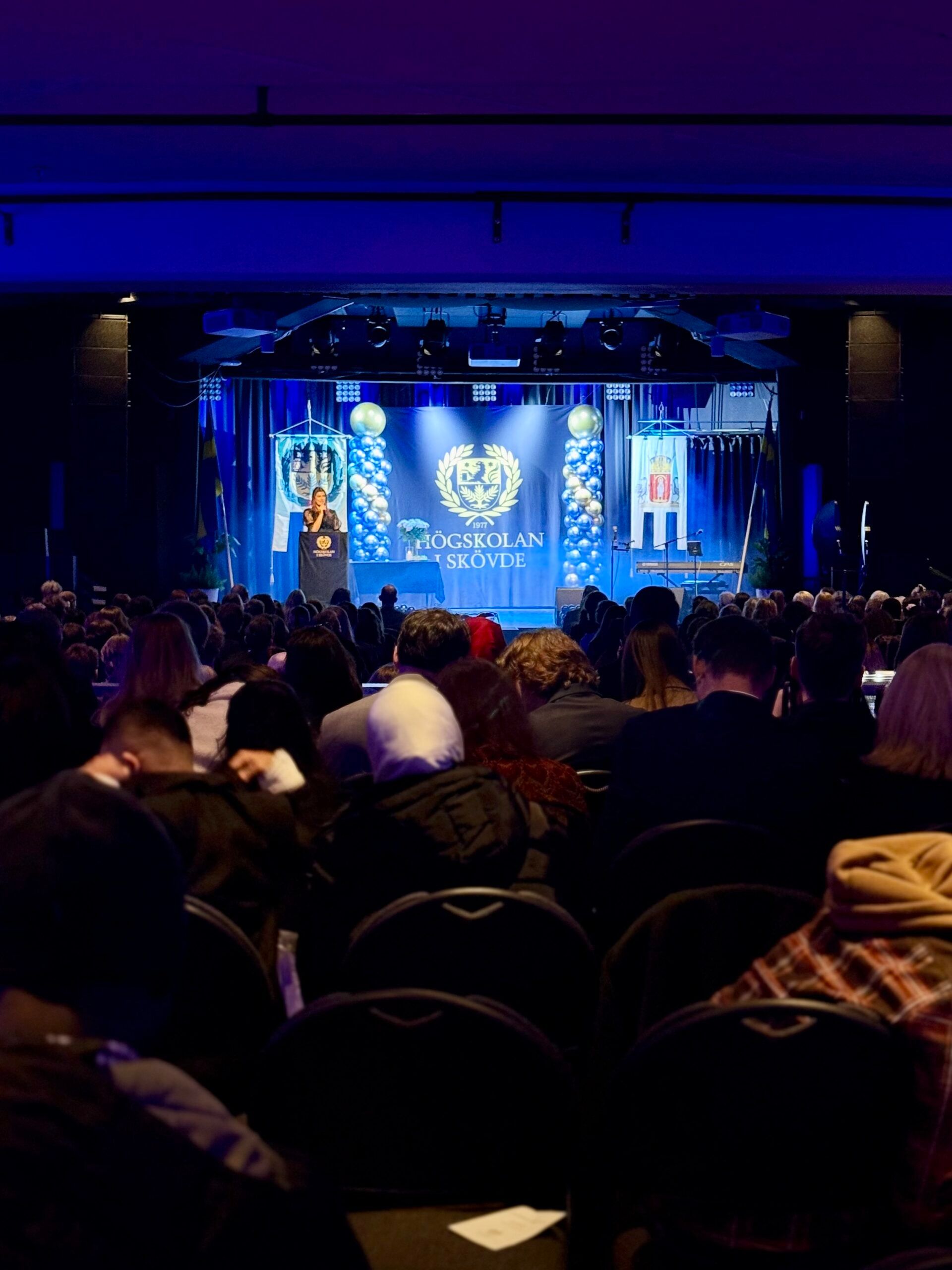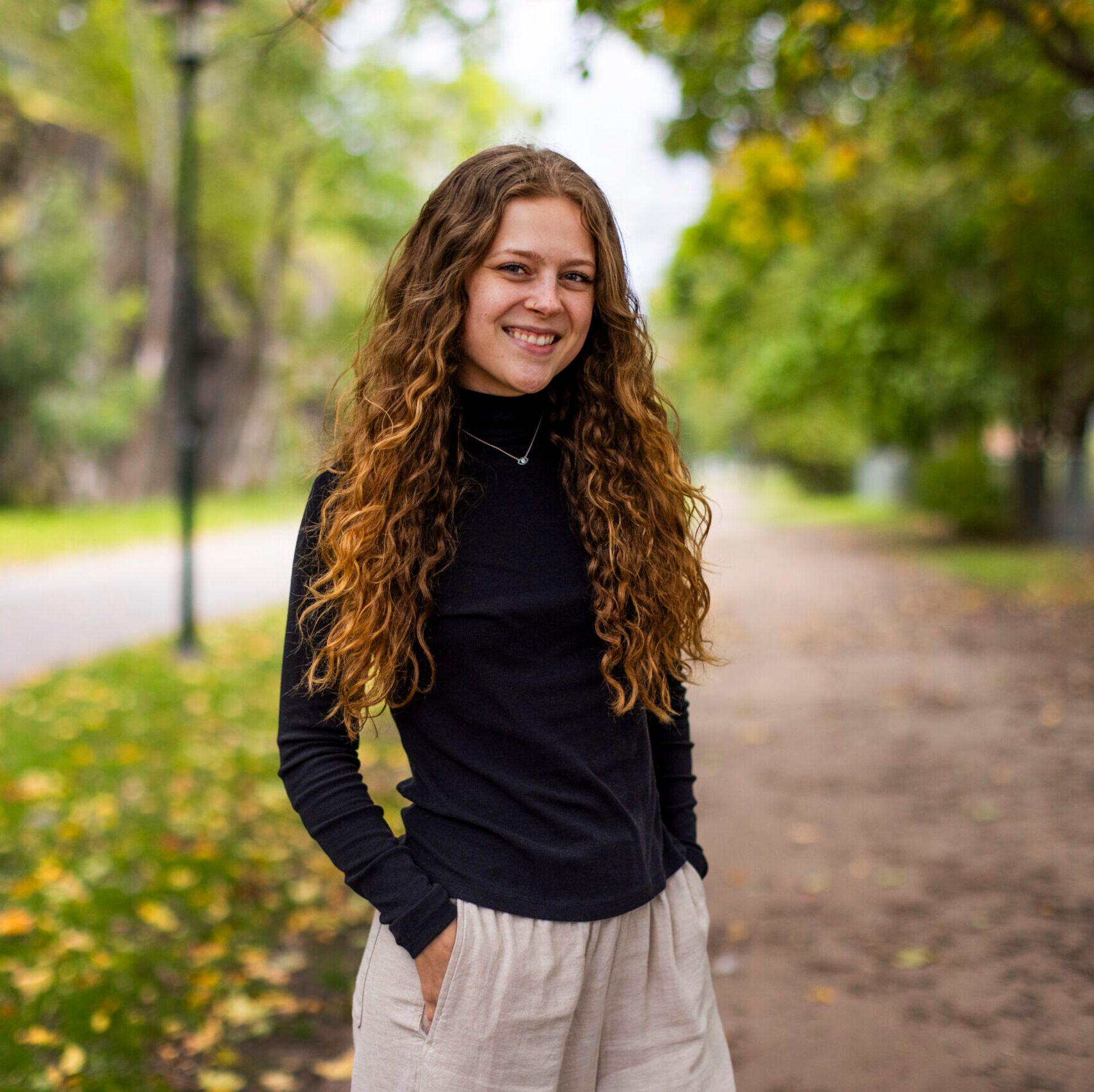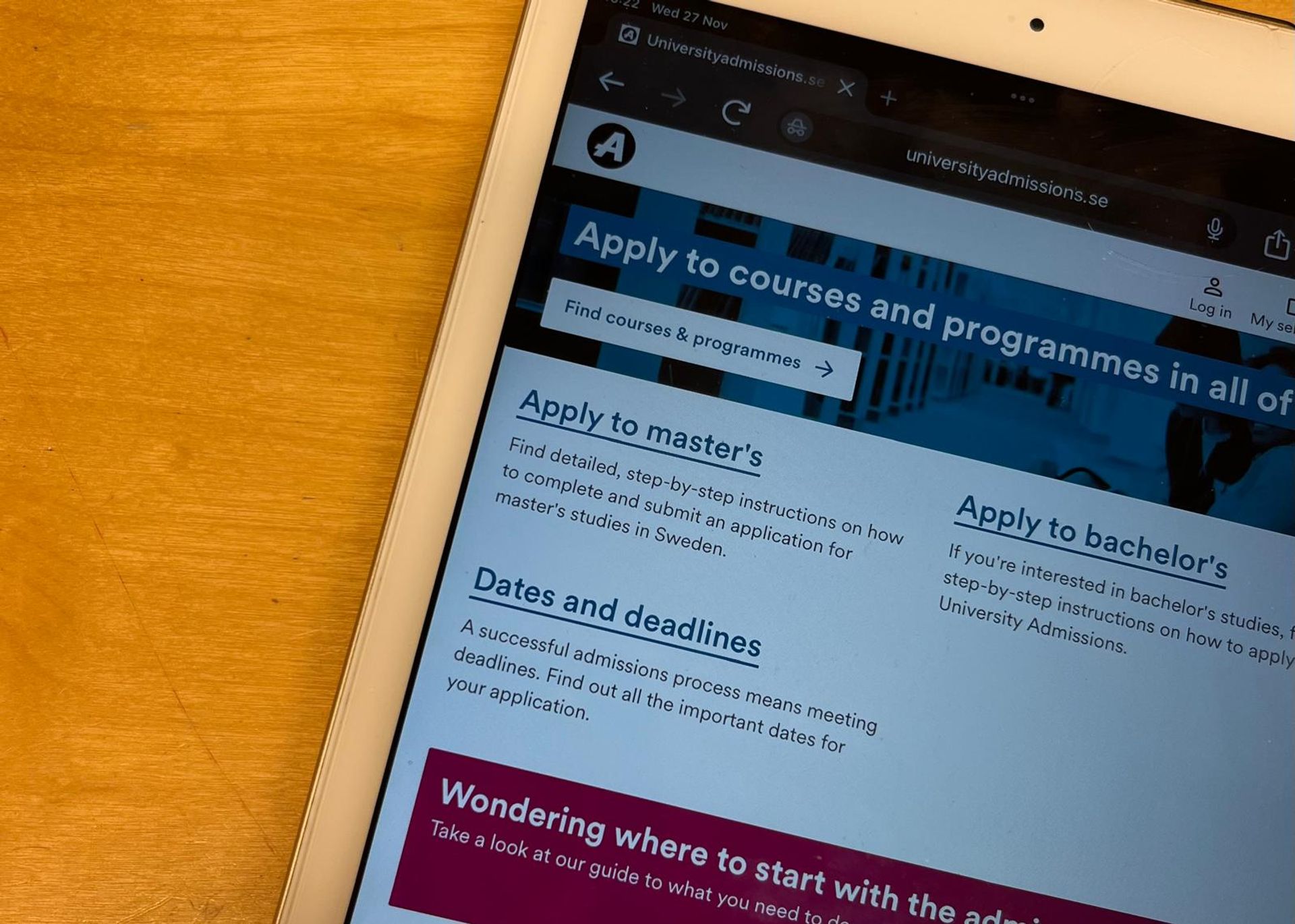
Written by Jazmin
27 Nov 2024
On the 15th of October, the first round of applications for international students officially opened. I can’t believe that just a year ago, I was in your shoes—collecting documents, writing motivational letters, and dreaming of studying in Sweden. Fast forward to today, I’m living that dream! If you’re from South America and Spanish is your main language, this post will guide you through the essential steps to kick-start your application process and make it a reality.
– Where to start and dates?
Some friends from Peru often ask me what the first step was in my application process to study in Sweden. Without a doubt, my answer is: choosing my Master’s program. This is a crucial step, and thankfully, it’s incredibly easy to do because all the programs are listed on a single website: University Admissions.
On this site, you can search for programs using keywords and explore a wide variety of options. Since this is also where you’ll complete your application, I highly recommend taking your time to familiarize yourself with the platform. Trust me, it’ll make your application journey smoother!
Another thing I like about the Swedish application system is that you can apply to up to four different programs in one application. Yes, four! However, there’s an important detail to keep in mind:
🚨 Important Warning: You’ll need to rank your programs in order of preference because you can only be offered admission to one program. If you’re accepted to your top-ranked choice, the remaining options will automatically be removed from consideration. So, think carefully about how you prioritize your selections!
Key Deadlines to Remember
Here are the most important dates to keep in mind for your application:
- 15 January: Last day to rank your programs
- 3 February: Deadline to submit supporting documents and pay the application fee
- 27 March: Admission results are published

– General Entry Requirements
Now that you’ve marked the important deadlines and decided on the master’s programs you’re applying to, it’s time to check the general entry requirements. One key requirement is that you must hold a degree from a higher education institution—unfortunately, technical school diplomas aren’t accepted.
Minimum Study Requirements by Country:
- Peru: A 5-year Bachiller
- Colombia, Uruguay, Venezuela: A 4-5 year Licenciatura
- Chile and Argentina: A 4-year Licenciatura
- Ecuador, Paraguay, Bolivia: A 4-6 year Licenciatura
- Brasil: A 4-year Bacharel
Additionally, you’ll need to upload transcripts of completed courses and grades for every semester included in your degree. If you’ve transferred credits or courses from previous studies, transcripts for those must also be submitted.
For example, in my case, I switched careers during my studies. I had credits transferred from my Bachelor’s in Journalism to my Marketing degree, so I had to submit all the transcripts from both programs.
🚨 Important Note: The copies of the documents you upload must be certified as official.
Here’s what that means:
- The documents must be stamped and signed by the issuing institution or a notary public.
- If you’re from Peru, you’ll need to validate the original signatures through SUNEDU, the national body overseeing higher education quality. After that, the documents must be apostilled.

– Official Translation
If you’re from a non-English speaking country, like us in South America, this step is especially important. Since our documents will typically be in Spanish (or Portuguese if you’re from Brasil), you’ll need to upload both the original document in its native language and an official translation in either English or Swedish.
What Does “Official Translation” Mean?
🚨 Important Note: An official translation must be done by a certified translator or an accredited translation company. It’s tempting to think you can translate it yourself or ask a friend, but this is a big no—your application could be rejected if the translation isn’t certified!
Here’s how I handled it: In Peru, I used the official platform provided by the state to find a list of certified translators. It was super helpful, as I found multiple options and chose the one that best suited my needs.
Make sure to double-check that both your original documents and their translations meet all the requirements. This step is crucial for ensuring your application is accepted without any issues!
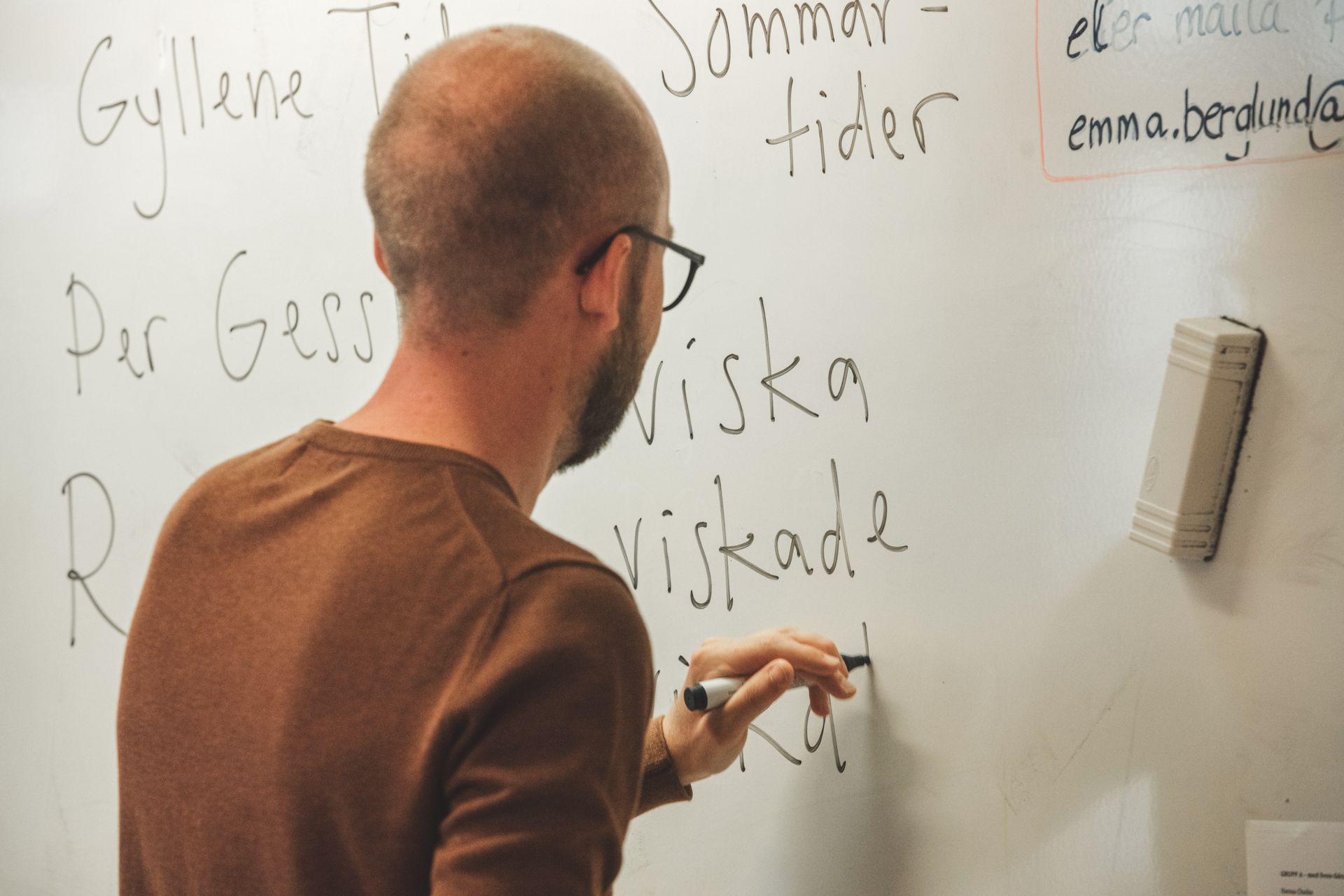
– English Requirements
Since all master’s programs in Sweden are taught entirely in English, demonstrating your English proficiency is a crucial part of the application process. While many of us in South America learn English in school, at institutes, or through bachelor-level courses, these certificates unfortunately aren’t accepted for your application.
Instead, you’ll need to prove your proficiency with an internationally recognized English test. There are several options to choose from, which you can find here: English Language Requirements.
However, the most popular ones are the IELTS and the TOEFL. Here’s a quick breakdown of the most common tests and their required scores:
- IELTS (Academic): Includes IELTS Academic, IELTS Online, IELTS UKVI (Academic), and IELTS One Skill Retake (Academic). Overall score: Typically 6.5 to 7.0, depending on the specific program’s requirements.
- TOEFL (iBT): Includes TOEFL iBT, TOEFL iBT Home Edition, and TOEFL iBT Paper Edition. Total score: Usually between 90 and 100, depending on the program.
I chose to take the IELTS Academic and scheduled it a month before the application period opened. This gave me enough time to prepare and the flexibility to retake the exam if necessary.
💡 Advice: Take the test well in advance, especially if your program requires a specific score. If you’re confident in your English skills, schedule it as soon as possible to avoid last-minute stress.
🚨 Important Note: Most international English tests are valid for two years. For example, if you’re applying for the 2025 admissions cycle, your test results should be dated no earlier than late 2023.

– Application Fee
This is another question I get all the time. And the answer is yes—there’s an application fee for students from countries outside the EU/EEA. The fee is 900 SEK (Swedish kronor), which is roughly equivalent to:
- Peru: 311 soles
- Colombia: 363,000 pesos
- Argentina: 83,000 pesos
- Chile: 81,000 pesos
- Ecuador: 82 dollars
- Bolivia: 570 BOB
- Uruguay: 3570 pesos
- Paraguay: 644,000 guaraní
- Brasil: 479 reales
💡 Advice: Make sure to pay the fee on time. If your payment is delayed, your application status will be marked as late. Late applications are only reviewed at the university’s discretion and only if there are still available spots—so don’t risk it!
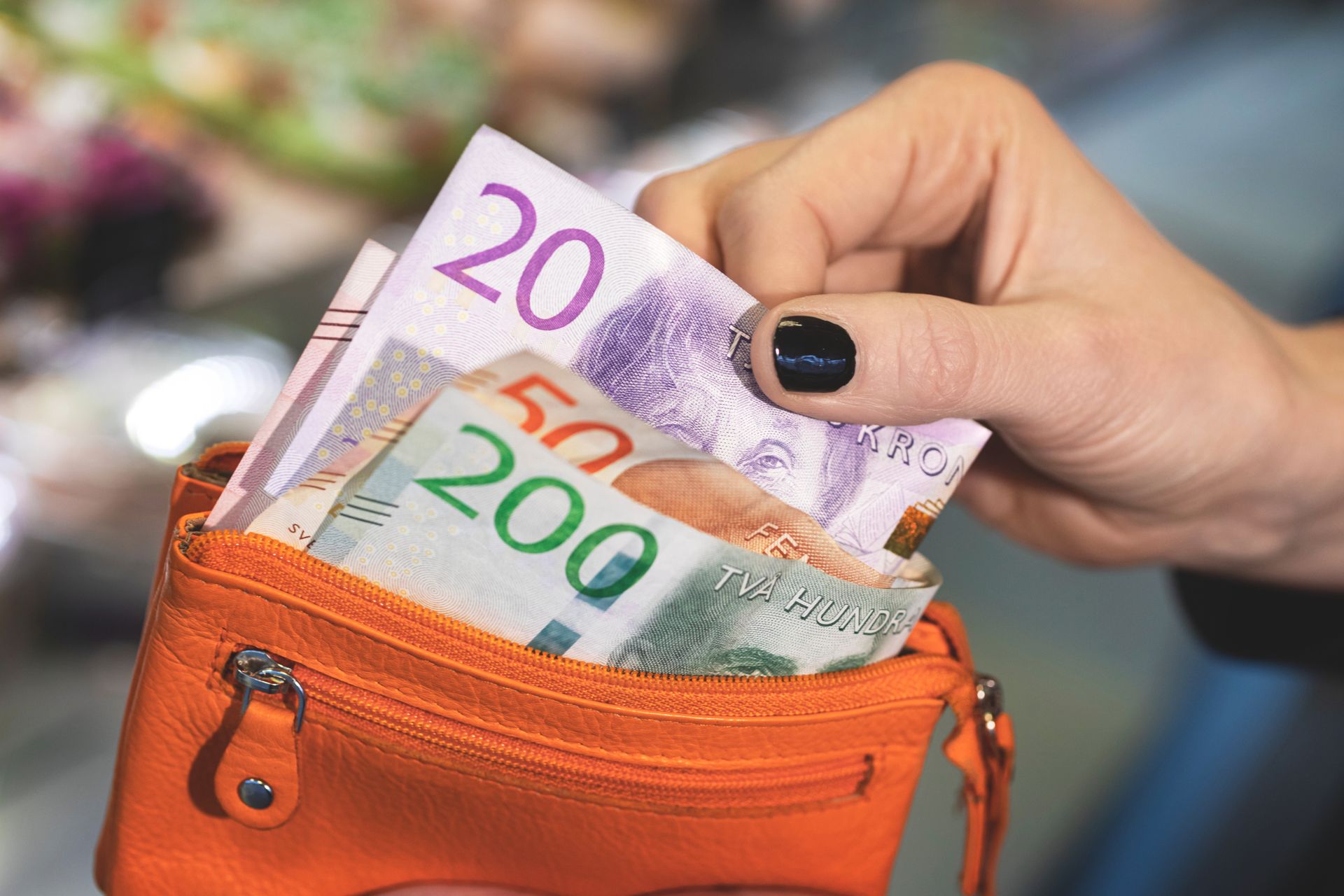
Remember, every master’s program has its own specific requirements, so take the time to read all the details carefully. In this post, we covered the basic requirements for applicants from South America, but don’t forget to double-check what your chosen programs ask for. Often, you’ll need to submit:
- A motivation letter or statement of purpose
- Your CV
- A copy of your passport
Still have questions about the process? Drop them in the comments or reach out—I’m here to help you navigate your journey to studying in Sweden. Let’s make your dream a reality! 🌟



